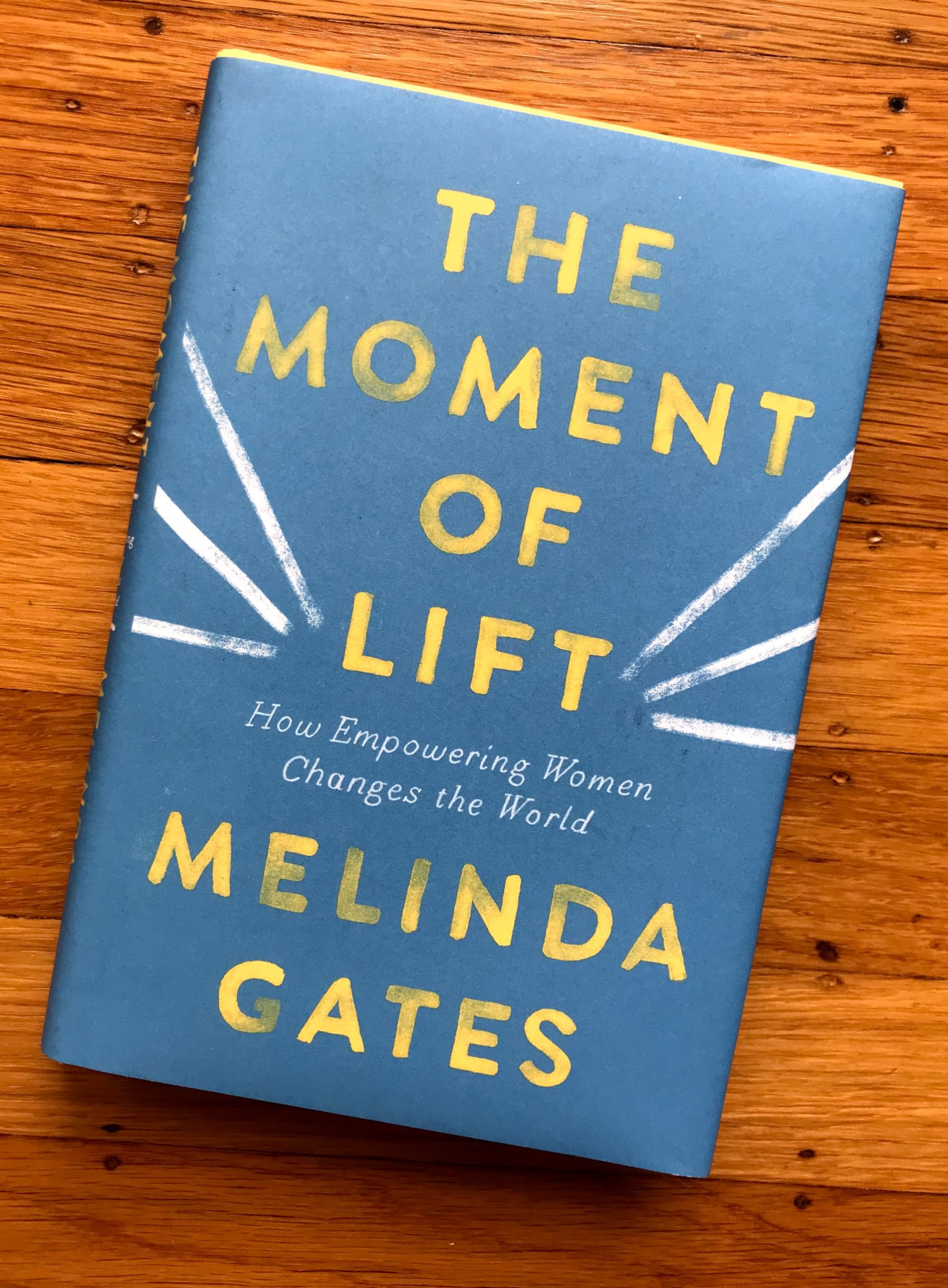
Breaking Ground – Architecture By Women
by Jane Hall
published by Phaidon
2019
The premise behind this book is that lots of women are designing impressive buildings you recognize, buildings that are worth celebrating, but you may not be aware of this because their work is often shown under a firm name or misattributed to men. To correct this gap in your knowledge, this book collects excellent projects, both recent and historical, and tells you about the architects behind them.

The selection of projects neatly tilts toward my favorite types: large public works, plus large private projects, both of the type that are experienced by a lot of people: concert halls, offices, museums, schools. Each architect is represented by a brief biography and one or more excellent project photos with key details for further research. Collaborations between men and women are recognized and celebrated in an acknowledgement of the team effort that contemporary architecture ordinarily requires for large scale projects.
Hall is very modest about her research and the limitations of the Europe-centric architectural awards processes that favor Europe and selected other regions, but I am delighted by the geographic range of her selections.
The essay and quotes in the book underline the importance of spotlighting these high quality projects to correct for the erasure of women in the field. Hall calls out the 2014 scandal around having architect Patty Hopkins photoshopped out of a photo of architecture award winners, while her husband was left in for a BBC show about their shared firm’s work – even though she co-founded the firm, and their shared name is on it! (See the article in Architects’ Journal entitled, “BBC slammed for ‘bias’ after Patty Hopkins is sidelined in TV show” dated March 5, 2014 by Richard Waite and Laura Mark.) It isn’t just about the photo, it’s about the program’s premise that men were exclusively responsible for the shape of contemporary design – the photo was just a reminder that the facts did not support that narrative. If your are actively edited out of discussions about the firm you co-founded and the projects you worked on, just to indulge some stranger’s all-male hero narrative, who is safe? The lone genius theory is bad enough, but diminishing key founders because of their gender is outrageous.
“No matter how my work was published or credited, it was seen as Venturi’s. The notion that we might both design seemed inconceivable.”
–Denise Scott Brown
(This issue is, unfortunately, relatable: a male teacher happily gave my boyfriend/classmate credit for my architecture work because just once I used my bf’s woodworking tools to build a model, though if he had borrowed equipment from me, the reverse would NOT have been suggested. My bf told me he took it as a compliment (to him). Their creepy camaraderie over rewarding him for my work made quite an impression on me.)
This is a beautiful, oversized book of great projects with lovely photos. The core details about the firms behind the designs are enough to send you in the right direction to learn more. The presence and success of the women behind these projects is encouraging and satisfying.
This book also gives you an excuse to visit the Phaidon website, which is GORGEOUS and has many wonderful temptations, especially the fine art monographs and design books.



